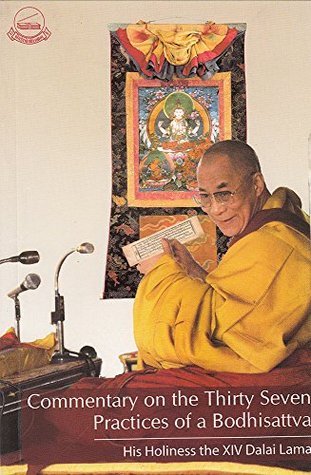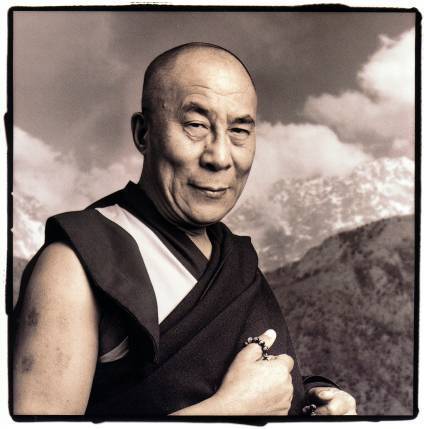
Ngulchu Gyalse Thogmed Zangpo’s The Thirty Seven Practices of a Bodhisattva is one of Tibetan Buddhism’s most popular texts, incorporated in the Mind Training text and also able to be explained according to the Lam Rim tradition. Its advice is timeless and its relevance is universal. This commentary by His Holiness the XIV Dalai Lama, as expounded during Kalachakra teachings at Bodh Gaya, is characterised by its clarity, practicality and profundity. Each stanza of the root text is elucidated precisely and in accessible language. In addition, His Holiness the Dalai Lama gives introductory talks at the start of each day of teaching in which he touches on every aspect of our daily lives. Studying this text leads us to feel that His Holiness is speaking directly to each one of us, and it is universal in its application.
Author

Jetsun Jamphel Ngawang Lobsang Yeshe Tenzin Gyatso (born Lhamo Döndrub), the 14th Dalai Lama, is a practicing member of the Gelug School of Tibetan Buddhism and is influential as a Nobel Peace Prize laureate, the world's most famous Buddhist monk, and the leader of the exiled Tibetan government in India. Tenzin Gyatso was the fifth of sixteen children born to a farming family. He was proclaimed the tulku (an Enlightened lama who has consciously decided to take rebirth) of the 13th Dalai Lama at the age of two. On 17 November 1950, at the age of 15, he was enthroned as Tibet's ruler. Thus he became Tibet's most important political ruler just one month after the People's Republic of China's invasion of Tibet on 7 October 1950. In 1954, he went to Beijing to attempt peace talks with Mao Zedong and other leaders of the PRC. These talks ultimately failed. After a failed uprising and the collapse of the Tibetan resistance movement in 1959, the Dalai Lama left for India, where he was active in establishing the Central Tibetan Administration (the Tibetan Government in Exile) and in seeking to preserve Tibetan culture and education among the thousands of refugees who accompanied him. Tenzin Gyatso is a charismatic figure and noted public speaker. This Dalai Lama is the first to travel to the West. There, he has helped to spread Buddhism and to promote the concepts of universal responsibility, secular ethics, and religious harmony. He was awarded the Nobel Peace Prize in 1989, honorary Canadian citizenship in 2006, and the United States Congressional Gold Medal on 17 October 2007.